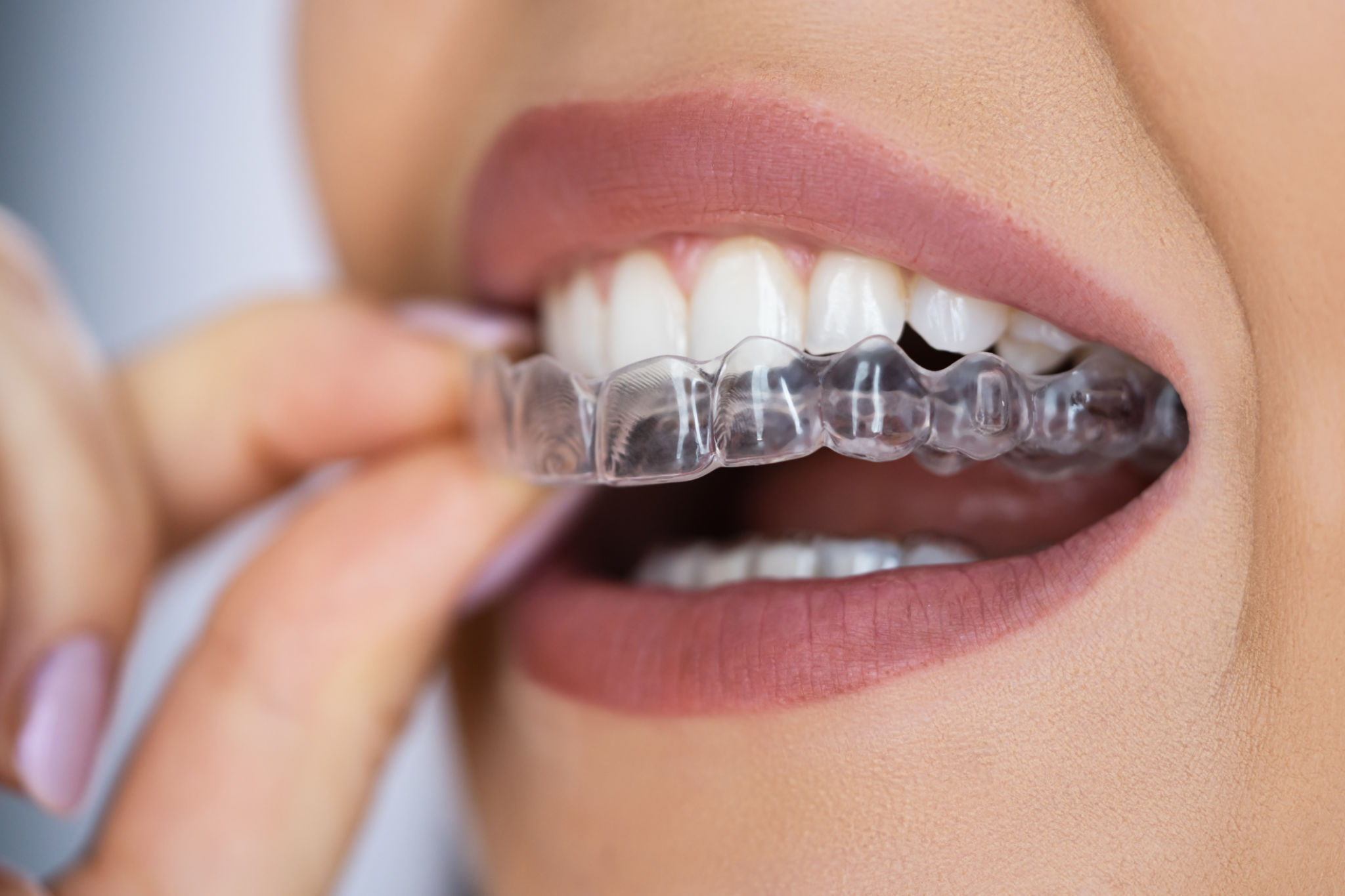Clear Aligners vs. Traditional Braces: Which is Right for You?
MO
Introduction to Teeth Alignment Options
When it comes to straightening your teeth, you have two main options: clear aligners and traditional braces. Both methods have their unique benefits and drawbacks, making the choice between them a matter of personal preference and specific dental needs. This post aims to help you understand the differences between these two popular orthodontic treatments.

Understanding Clear Aligners
Clear aligners are a modern orthodontic solution that has gained popularity for their discreet appearance and convenience. Made from transparent plastic, these aligners are custom-fit to your teeth and gradually shift them into place. They are removable, making it easier to maintain oral hygiene during treatment.
Benefits of Clear Aligners
- Appearance: Clear aligners are nearly invisible, making them an attractive option for adults and teens who wish to avoid the metal look of traditional braces.
- Comfort: The smooth plastic material is less likely to irritate cheeks and gums.
- Convenience: They can be removed for eating, brushing, and flossing, allowing for better oral hygiene.

The Traditional Braces Option
Traditional braces have been used for decades and are highly effective in treating a wide range of orthodontic issues. They consist of metal brackets attached to the teeth and connected by wires, which are periodically adjusted to move teeth into the desired position.
Advantages of Traditional Braces
- Effectiveness: Braces are suitable for complex dental issues, including severe misalignment and bite problems.
- Non-removable: Since braces are fixed in place, there's no risk of misplacing them, ensuring continuous treatment.
- Variety: Options such as ceramic braces offer a less noticeable alternative to traditional metal.

Comparing Treatment Duration and Cost
The duration and cost of treatment can vary significantly between clear aligners and traditional braces. Typically, aligners require less treatment time than braces. However, this can depend on the complexity of your dental issues. In terms of cost, clear aligners might be more expensive due to the technology involved, but some insurance plans cover both options.
Factors Influencing Your Choice
Your decision may depend on several factors, including:
- Your specific dental issues and their complexity.
- Your lifestyle and preference for discretion versus visibility.
- Your budget and insurance coverage.

Consulting with an Orthodontist
An essential step in deciding between clear aligners and traditional braces is consulting with an orthodontist. They can assess your dental needs and recommend the best treatment plan. An orthodontist will also discuss the expected outcomes, duration, and cost associated with each option.
Final Thoughts
Both clear aligners and traditional braces offer effective solutions for achieving a straighter smile. Consider your personal preferences, lifestyle, and dental needs when making your choice. Ultimately, the goal is to find a treatment that you feel comfortable with and that effectively addresses your orthodontic concerns.
